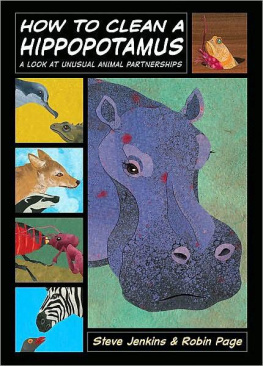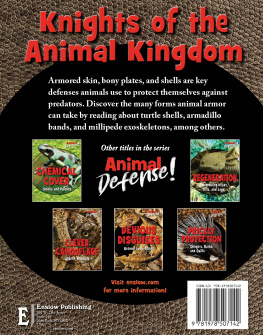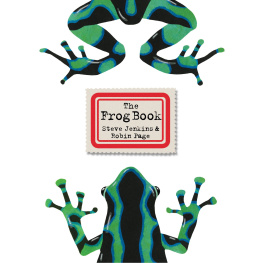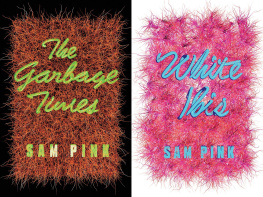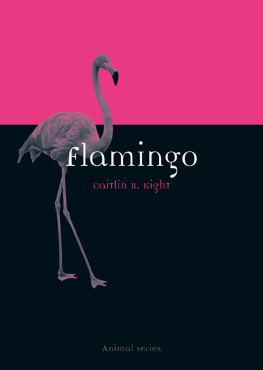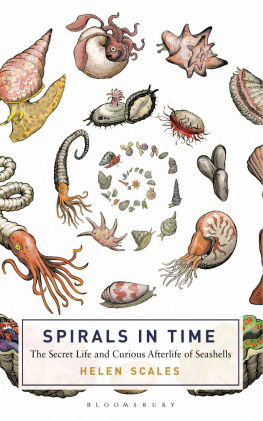LIVING COLOR

WRITTEN AND ILLUSTRATED BY
STEVE JENKINS
HOUGHTON MIFFLIN COMPANY
BOSTON 2007



Red frogs, blue spiders, yellow snakes, green birds, orange fish, purple snails, pink armadillosanimals can be surprisingly colorful. Like all living things, bright or dull, these creatures try to survive in a world that can be difficult and dangerous. If an animal is very colorful, it is likely that its brilliant skin, scales, or feathers somehow help it stay alive. This book takes a look at color in the animal world and some of the ingenious ways it is used. At the back of the book you can read more about animal colors and find additional information about the creatures shownhow big they are, where they live, what they eat, and more.

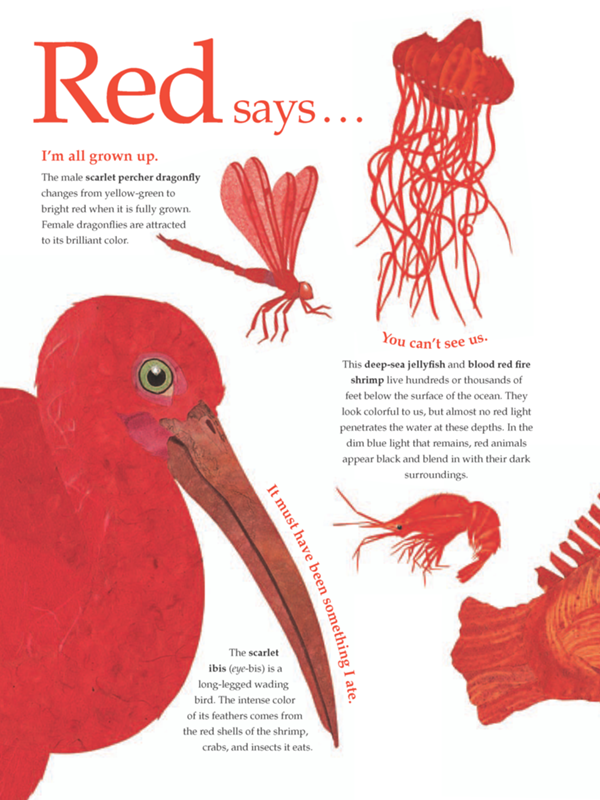
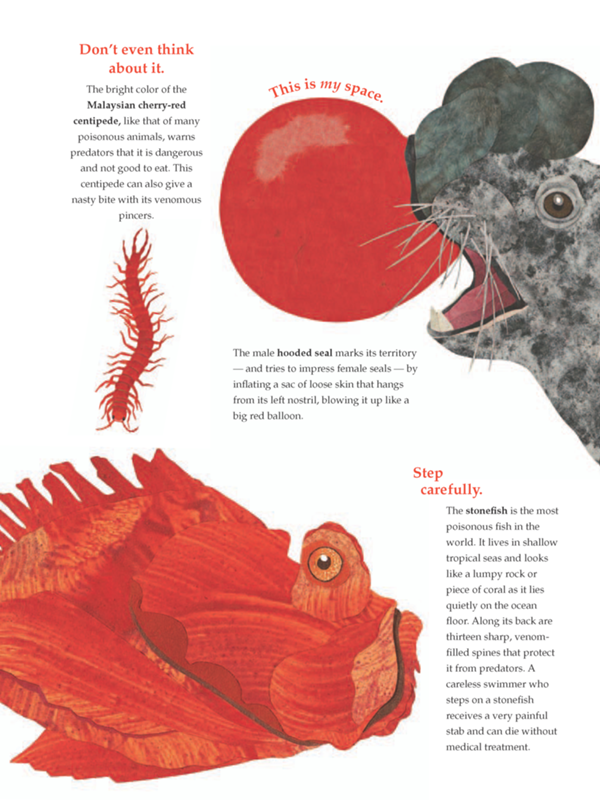
Red says...
I'm all grown up.
The male scarlet percher dragonfly changes from yellow-green to bright red when it is fully grown. Female dragonflies are attracted to its brilliant color.
You can't see us.
This deep-sea jellyfish and blood red fire shrimp live hundreds or thousands of feet below the surface of the ocean. They look colorful to us, but almost no red light penetrates the water at these depths. In the dim blue light that remains, red animals appear black and blend in with their dark surroundings.
It must have been something I ate.
The scarlet ibis (eye -bis) is a long-legged wading bird. The intense color of its feathers comes from the red shells of the shrimp, crabs, and insects it eats.
Don't even think about it.
The bright color of the Malaysian cherry-red centipede, like that of many poisonous animals, warns predators that it is dangerous and not good to eat. This centipede can also give a nasty bite with its venomous pincers.
This is my space.
The male hooded seal marks its territoryand tries to impress female sealsby inflating a sac of loose skin that hangs from its left nostril, blowing it up like a big red balloon.
Step carefully.
The stonefish is the most poisonous fish in the world. It lives in shallow tropical seas and looks like a lumpy rock or piece of coral as it lies quietly on the ocean floor. Along its back are thirteen sharp, venomfilled spines that protect it from predators. A careless swimmer who steps on a stonefish receives a very painful stab and can die without medical treatment.
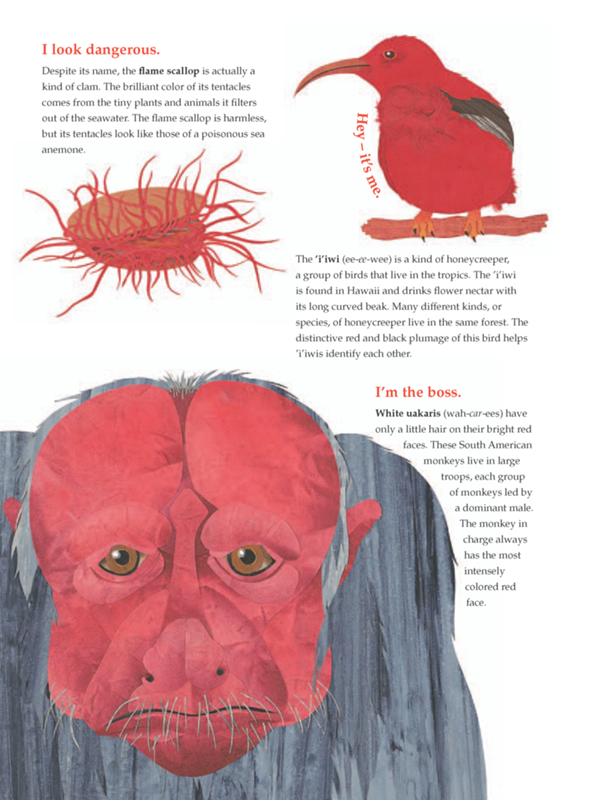
I look dangerous.
Despite its name, the flame scallop is actually a kind of clam. The brilliant color of its tentacles comes from the tiny plants and animals it filters out of the seawater. The flame scallop is harmless, but its tentacles look like those of a poisonous sea anemone.
Hey it's me.
The 'i'iwi (ee-ee -wee) is a kind of honeycreeper, a group of birds that live in the tropics. The 'i'iwi is found in Hawaii and drinks flower nectar with its long curved beak. Many different kinds, or species, of honeycreeper live in the same forest. The distinctive red and black plumage of this bird helps 'i'iwis identify each other.
I'm the boss.
White uakaris (wah-car -ees) have only a little hair on their bright red faces. These South American monkeys live in large troops, each group of monkeys led by a dominant male. The monkey in charge always has the most intensely colored red face.
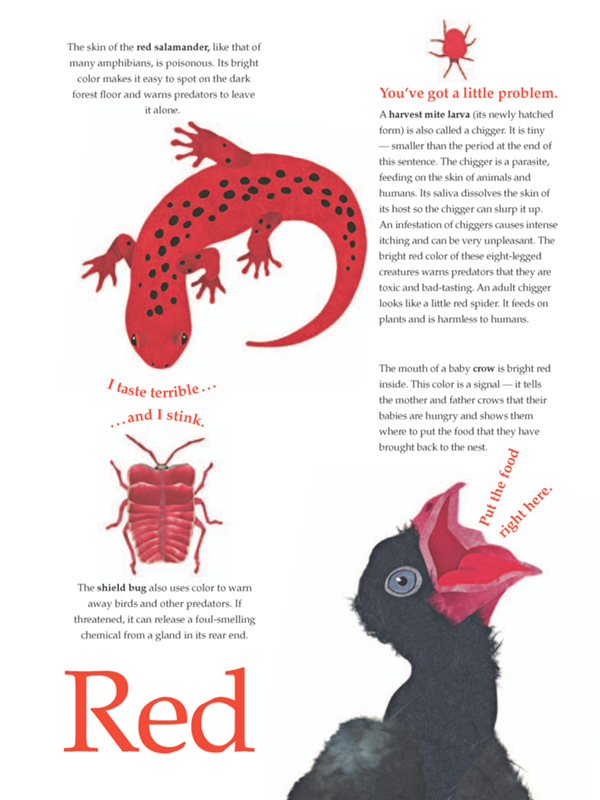
The skin of the red salamander, like that of many amphibians, is poisonous. Its bright color makes it easy to spot on the dark forest floor and warns predators to leave it alone.
I taste terrible...
...and I stink.
The shield bug also uses color to warn away birds and other predators. If threatened, it can release a foul-smelling chemical from a gland in its rear end.
Red
You've got a little problem.
A harvest mite larva (its newly hatched form) is also called a chigger. It is tinysmaller than the period at the end of this sentence. The chigger is a parasite, feeding on the skin of animals and humans. Its saliva dissolves the skin of its host so the chigger can slurp it up. An infestation of chiggers causes intense itching and can be very unpleasant. The bright red color of these eight-legged creatures warns predators that they are toxic and bad-tasting. An adult chigger looks like a little red spider. It feeds on plants and is harmless to humans.
The mouth of a baby crow is bright red inside. This color is a signalit tells the mother and father crows that their babies are hungry and shows them where to put the food that they have brought back to the nest.
Put the food right here.
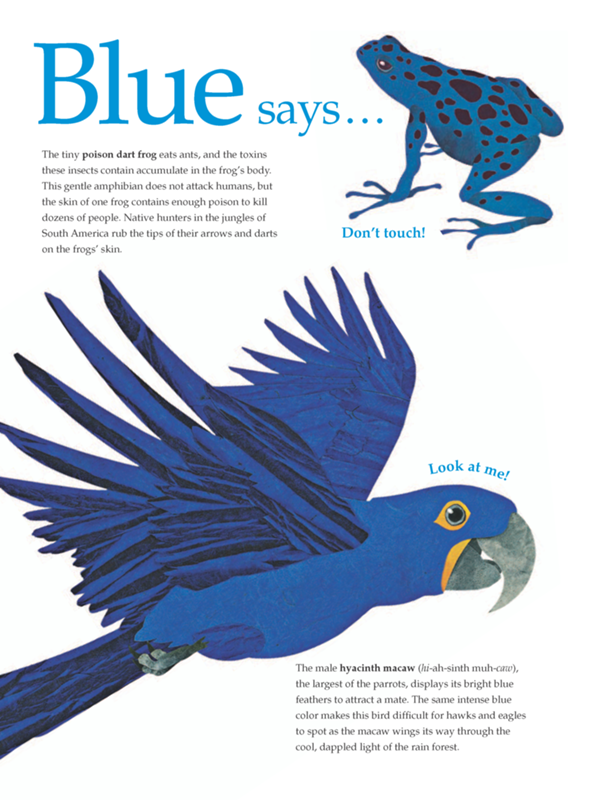
Blue says...
Don't touch!
The tiny poison dart frog eats ants, and the toxins these insects contain accumulate in the frog's body. This gentle amphibian does not attack humans, but the skin of one frog contains enough poison to kill dozens of people. Native hunters in the jungles of South America rub the tips of their arrows and darts on the frogs' skin.
Look at me!
The male hyacinth macaw (hi-sinth muh-caw), the largest of the parrots, displays its bright blue feathers to attract a mate. The same intense blue color makes this bird difficult for hawks and eagles to spot as the macaw wings its way through the cool, dappled light of the rain forest.

The cleaner wrasse (rass) doesn't hide when a bigger fish approaches. Potential predators recognize the bright color and distinct markings of the wrasse and do not eat it. The wrasse has a special relationship with these bigger fish. It cleans them by eating parasites that live on their skin and gills.
Don't eat me...
I'm here to help.
I'm a mystery.
The robin, a familiar backyard bird, is famous for its beautiful blue eggs. Does this color protect the eggs by making them difficult to see in the shadows of a nest? Perhaps. The eggs of many birds are colored because white eggs are easier for a predator to spot. Why robins' eggs are such an extraordinary shade of blue, however, no one really knows.
Next page

